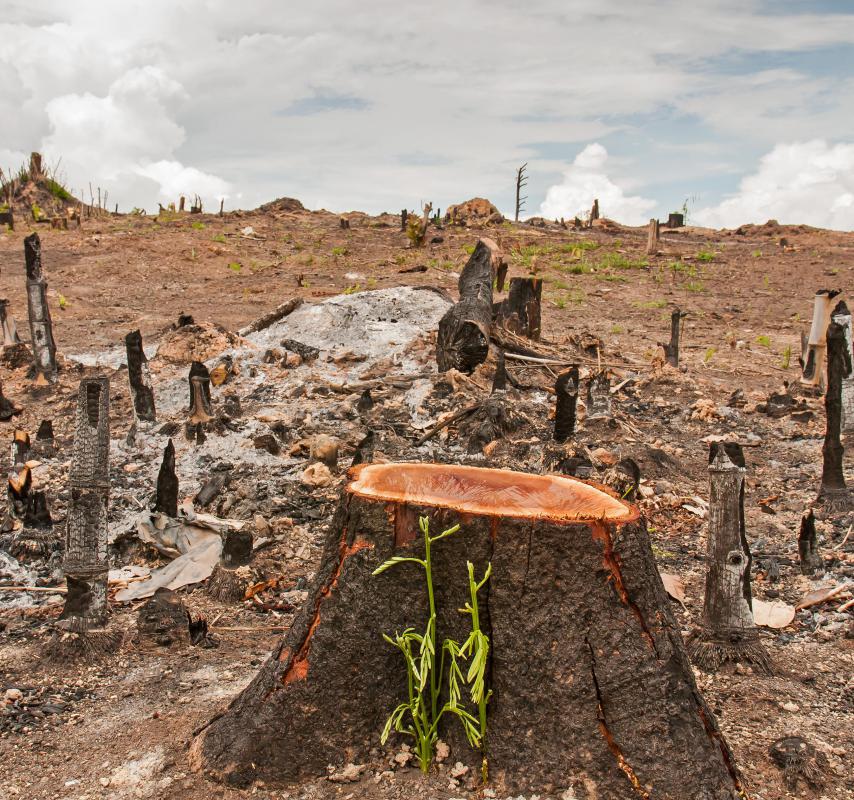At WiseGEEK, we're committed to delivering accurate, trustworthy information. Our expert-authored content is rigorously fact-checked and sourced from credible authorities. Discover how we uphold the highest standards in providing you with reliable knowledge.
What is an Umbrella Palm?
The umbrella palm, Hedyscape canterburyana, also commonly known as the big mountain palm, is a palm tree that grows to heights of 35 feet (10 m). The umbrella palm is endemic to Lord Howe Island, off the coast of Australia, growing at altitudes of 1,300 to 2,460 feet (400 to 750 m). Of all of the types of palms, this species is the only one remaining in the genus Hedyscape.
The umbrella palm is a slow-growing variety that tends to grow in mountainous forests, on cliffs and in exposed coastal areas. This species is considered vulnerable under the endangered species list, primarily because of deforestation and loss of habitat. It also is considered vulnerable because the species survives only in natural habitat on one small Australian island. There is a subtribe, closely related to the umbrella palm, known as the rhopalostylis palm, which is native to New Zealand and Norfolk Island and has many similar attributes.

The crown of the umbrella palm is dense and deep green, with rigidly arching fronds. The crown shaft is distinct and silvery and is supported by a slender, elegant, closely ringed trunk. The fruit of this species is egg-shaped, and upon reaching maturity, they acquire a dark red color and reach approximately 1.5 inches (4 cm). The clusters of maturing fruit are densely packed. Each fruit contains only one seed.
The natural climate of the umbrella palm is subtropical. This means that the summer season is moderately warm and has regular moderate rain fall and the winter season is moderately cool with higher rainfall. Summer temperatures range between 68 and 80.5 degrees Fahrenheit (20 to 27 degrees Celsius). In winter, the average temperature range is 53.5 to 64.5 degrees Fahrenheit (12 to 18 degrees Celsius). The average humidity remains between 60 and 70 percent.
Being such a distinctive and attractive tree, the umbrella palm has increased in popularity as a landscaping tree, and gardeners and conservationists throughout the world's subtropical regions plant the umbrella palm for its natural, primal beauty and in an attempt to establish this vulnerable species in areas other than its natural habitat. The umbrella palm is very slow growing, so some gardening enthusiasts choose to start the tree in a large container where it can remain for several years as long as proper care is taken and the tree receives enough water and nutrients. This type of palm tree does not tolerate climates where the nights are too warm. Neither does it tolerate climates with humidity usually above 75 percent or cold climates with an average winter temperature below 48 degrees Fahrenheit (9 degrees Celsius).
AS FEATURED ON:
AS FEATURED ON:











Discuss this Article
Post your comments